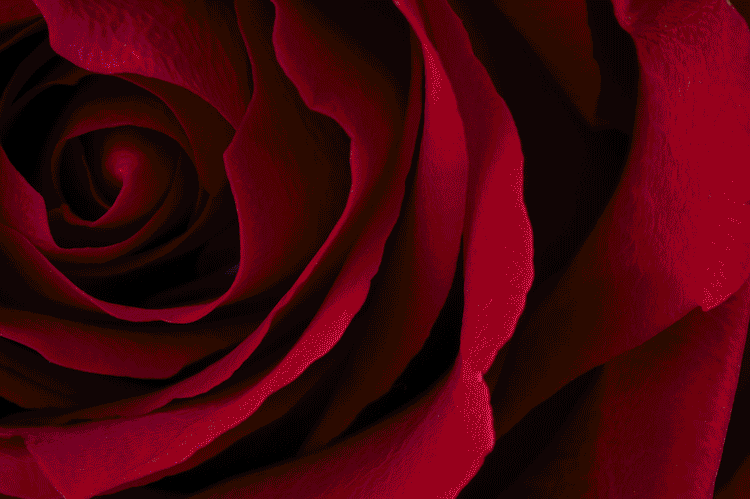Principles of Design
“If you want a golden rule that will fit everything, this is it: Have nothing in your houses that you do not know to be useful or believe to be beautiful.”
The above is a quote from William Morris (1834-1896), a British novelist, poet, printer, textiles designer, artist and social activist, associated with the Arts and Craft movement.
His quote is a great way to set about decluttering the house but is also a sound starting point for anyone who works in the design industry. When we are briefed to produce new marketing material – be it a website, logo, or item of print – this is something that resonates with us, a mantra if you will.
A perfect match
Good design should be the marrying of these two principles, creating something beautiful out of something useful. Allow us to explain.
We are not here to win exalted design awards that mean nothing to you, or indeed your customers, but what we are here to do is to serve your needs.
Those needs may be to inform your clients about the services or products you have to offer. They may be to package up a particular product or, in the case of Social Media, to regularly inform and open a channel of communication with your target audience. It is these aims that should be front and centre. In short, we are here to serve you.
Putting your message with a strong call to action is at the core of what we, as designers, should do. Now, if the message can be delivered in a clever, elegant way, that is where the marriage to beautiful is achieved.
Functionality and Form
Once engaged in the design process, many things happen automatically for a good designer and sometimes you just ‘instinctively’ arrive at a perfect conclusion. Other times you slave and toil and work fiendishly hard, leaving no stone unturned to reach a satisfactory end. But whether it’s instinct or meticulous research, paired with many hours of experimentation, the final design should be a reflection of the sum of the brief.
Nothing in design should be left to chance and all the elements that make up the completed piece should be considered and placed just so, to create the perfect tone and mood that reflects the brand, its intended customers, its mission and tone of voice.
The elements
Any graphic design, be it for web, for print, social media or a logo will have at least some, if not all, of the following elements.
Layout
Great layout leads the customer around the design. It tells them where to focus their attention and what to look at next. It places the focus of the viewer exactly where the designer wants. Clever layout can create tension or relaxation in a viewer. The use of white space (empty page) is more likely to ease a customer around a website than crammed pages with intrusive animated objects that keep popping up, pushing and pulling them every which way at once.
Form/Shape
Spikey hard objects can seem unfriendly but they can also give a brand vibrancy and edge. Conversely, round smooth curves are soft and appealing and create a warmer calmer tone. Hard edges such as squares and rectangles may offer an authoritative tone to a design. All of these things enter your brain subliminally, even if you are unaware of the bias they are causing, and used artfully can create sublime design.
Colour
The choice of colour should be carefully considered. Colour creates an emotive response both positive and negative, and this should be considered to enhance the feelings you are trying to inspire from your design.
Red – hot, spicy, erotic, success, anger
Orange – cheerful, warmth, exuberance
Yellow – warm, joyful, sunshine, sun, sand
Green – ecology, calm, serene, grass, nature, carin
Blue – professional, cold, aloofness, sky, sea;
Purple – creativity, richness, gothic, grapes
Grey – calm, dull, rain, cloud, serenity
Black – night, seriousness, sinister, drama
White – pure, clean, innocence;
There are many subtleties within any colour range, both cold and warm blues, cold and warm greys and so many hues as to be daunting. But a good designer will use colour masterfully. Combining a stately blue to create a bold strong professional approach with a bold orange highlight, injecting a subtle warmth to rebuff the aloofness and cold feeling blue may infer. Good colour choice can lift a design. Great colour choice can elevate it and lead you through a delightful dance of emotional highs and lows.
Imagery
Continuing the theme of colours, dark moody imagery may invoke a feeling of unease, great if you are trying to create tension. Bright images of people having fun would create a feeling of joy and happiness. It’s important to set the tone with the imagery used for a campaign. Do you want the customer to feel relaxed? Happy? Or are you trying to make them feel uncomfortable? Scared?
The lighting, composition, colour, focus and story are all fundamental factors when choosing or shooting the right photography for a design project.
Crisp, sharp photography that is in focus is a must! Unless you are deliberately trying to create an edgy, distressed feel, using pixel perfect photography is essential.
Using photographs that are grainy, badly lit, blurred or low definition will devalue your services or products. As a company, you might think that taking your own team photographs for your website is an obvious money-saver but it looks unprofessional. It brings in to question your attention to detail. Photography may not be your service but a picture paints a thousand words. If you haven’t taken care with your own website, will you apply the same lack of due diligence and consideration to your clients’ work?
Typography
Typography, like colour, should be used to draw an emotional response. You may be thinking that you can’t feel any emotion towards a typeface but you’d be surprised. Would you use Comic Sans if you were creating a website for a large financial institution? Is Times New Roman the font of choice for a Nursery? Why is Helvetica, a font designed in the 1950s, still so popular today? Believe me when I say that font choice matters and it could turn off your potential customer base.
Great typography informs the viewer of what is important on the page. It sets a hierarchy to the copy (pages’ text content), drawing immediate attention to headings, sub-headings, quotes and calls to action. And it can clearly identify what key messages you want the viewer to take away from a piece.
Professional Design
All of the above emphasises the importance of good professional design. Generally a client would not be privy to the multitude of minute decisions that go into creating the solution to a design brief. What we can say is that every element of the design has been carefully considered as to what would appeal to your audience.
If you think about some of your favourite products – maybe clothing, footwear, cars – you will attach emotive words to them: quality, reliability, edgy, bold, strong. Some relate directly to the products themselves but always the branding they employ will enhance that feeling.
Would you still think the same of a product if its logo was always slightly out of focus on its adverts? Imagery used always appeared pixelated? What if the product brochures contained text that finished only 1mm from the edge of the page? Or if all of that product’s promotional material was in a dull, mustard tone?
Whether you and your target audience are aware or not (and hopefully you are now), good design will always have a big impact on your clients’ purchase decisions.



